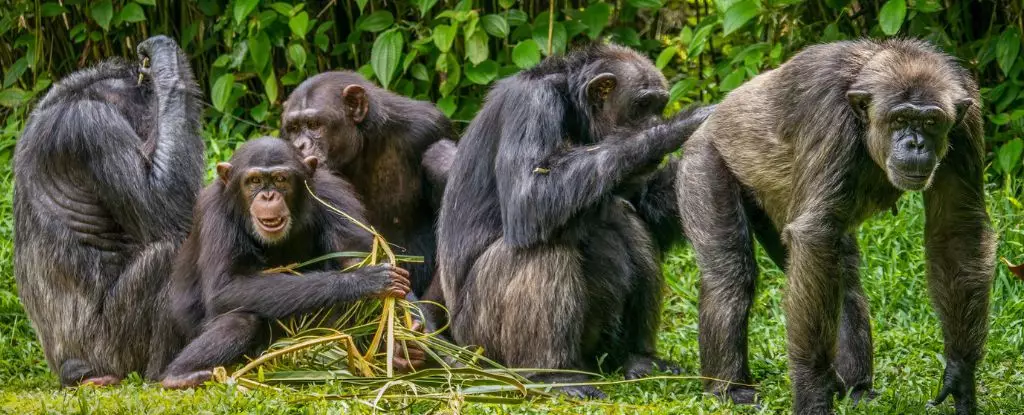The act of urination may seem mundane, yet recent studies have revealed it to be a fascinating subject of social behavior among primates. One particularly striking observation comes from a study on captive chimpanzees (Pan troglodytes), which uncovered evidence that social structures may play a significant role in influencing when and how these animals decide to relieve themselves. Researchers have identified a pattern of “contagious urination,” where chimpanzees are inclined to urinate in synchrony, particularly when a dominant member of the group takes the lead. This article explores the implications of these findings, examining how such behaviors echo into broader themes of social cohesion and interspecies interactions.
Traditionally, urination in both animal and human societies has received little attention in terms of social significance. However, it seems that this bodily function is intertwined with various social dynamics. Just as an infectious smile or a yawn can spread from one individual to another, the act of urinating can also be contagious within primate groups. Primatologists, led by Ena Onishi from Kyoto University, conducted an extensive analysis of 20 chimpanzees over 604 hours to quantify and understand the social contexts surrounding this behavior.
The study’s findings suggest that the context of this behavior is not merely instinctive but rather a complex interaction influenced by social hierarchies and relationships. Researchers discovered that when a group leader decided to urinate, others, particularly those of lower social standing, were more likely to follow suit. This suggests a nuanced dynamic of power and influence, as well as an innate tendency for these animals to mimic behaviors exhibited by those higher in the social ranking.
The research was meticulously designed to track and record instances of synchronized peeing among the chimpanzees. Observations were made to assess proximity and social rank, providing a clear picture of how physical closeness and hierarchical status interplayed in triggering these synchronized behaviors. The data revealed that when the chimps were within three meters of each other, the likelihood of one following the urination pattern of another significantly increased.
This focus on proximity underscores the importance of being aware of one’s social environment and how it can dictate behaviors that seem purely physiological. It highlights the reality that even the most basic of actions, like urination, can have profound social ramifications. Moreover, the research challenges assumptions about social interaction, particularly the idea that emotional bonds, like grooming, would influence such synchronized behavior.
The study’s revelation that social rank, rather than social closeness, dictated these behaviors draws intriguing parallels to how we understand social structures in humans. The unexpected dominance effect observed suggests that those lower in the hierarchy are more influenced by their superiors—a finding that resonates with various social theories about leadership and followership.
Primatologist Shinya Yamamoto, a co-author of the study, emphasizes the potential broader implications of these findings. The synchronous act of urination could serve various roles in promoting group cohesion, influencing the social fabric within chimp communities, and reinforcing the dominance hierarchy in a subtle yet impactful way. This mirrors theories across human social behaviors, highlighting an innate tendency to mirror actions in response to perceived status-related cues.
The exploration of contagious urination transcends mere curiosity, shedding light on how fundamental biological functions can serve as tools for maintaining social order and cohesion. It can lead to myriad interpretations regarding leadership dynamics and social interaction within primate communities. As the research community dives deeper into this area, it may uncover additional layers that elucidate how social behavior shapes not only animal interactions but perhaps even human social practices.
Future studies could expand on these findings by exploring similar behaviors across varying species and under diverse environmental conditions, providing a clearer picture of the evolutionary roots of such social behaviors. In our increasingly interconnected world, understanding these innate social dynamics may even inform contemporary discussions about leadership, community, and the interplay of social roles within human societies.
The curious case of synchronized urination among chimpanzees reveals a profound insight into the complexities of social behavior, teaching us that even the most ordinary acts carry significant social implications.


Leave a Reply